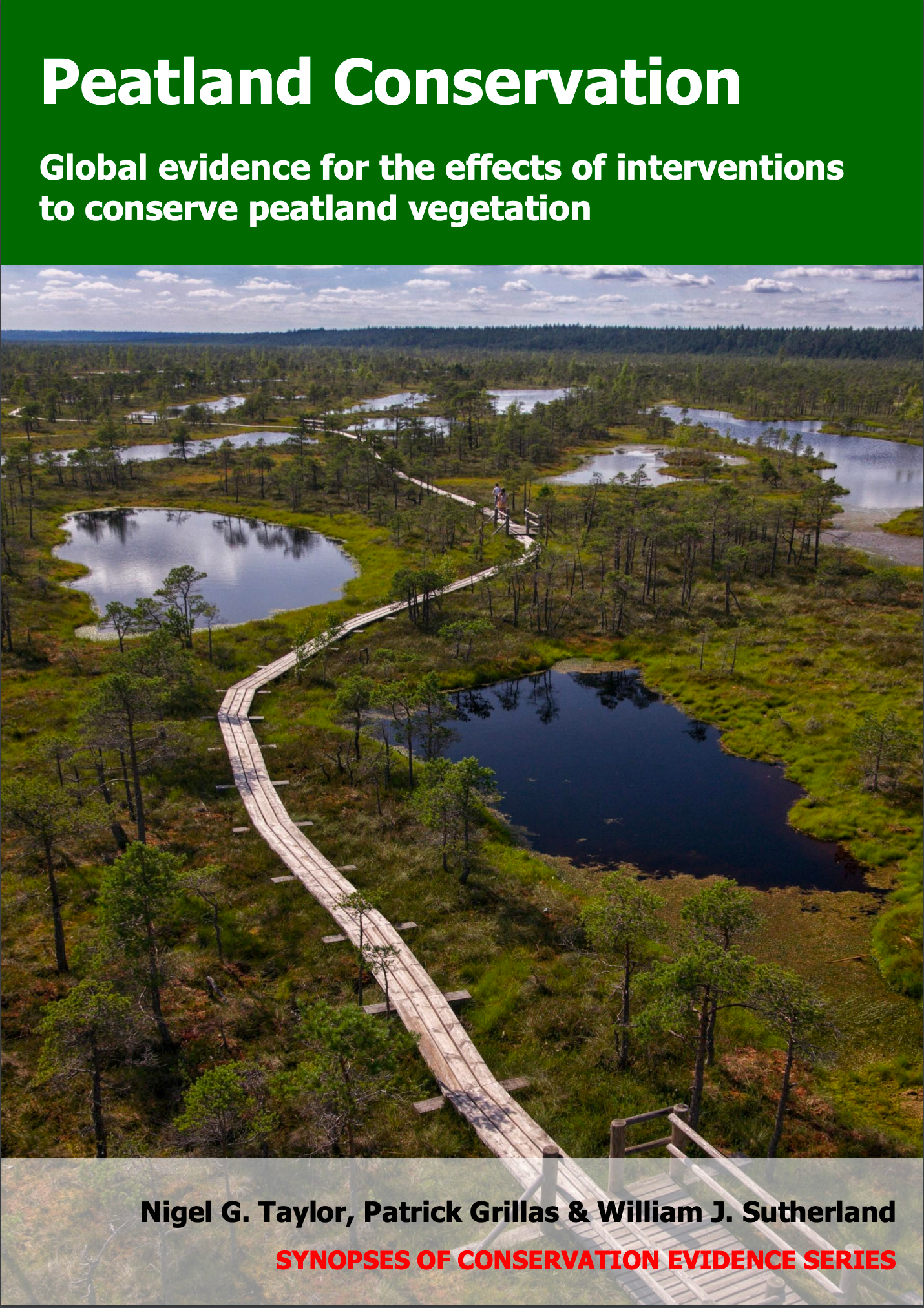Use prescribed fire to maintain or restore disturbance
-
Overall effectiveness category Unknown effectiveness (limited evidence)
-
Number of studies: 3
View assessment score
Hide assessment score
How is the evidence assessed?
-
Effectiveness
40% -
Certainty
35% -
Harms
20%
Study locations
Supporting evidence from individual studies
A replicated, controlled study in 1998–2000 in a degraded, shrubby sedge meadow in Wisconsin, USA (Middleton 2002) found that burned plots contained more plant species than unburned plots, and had greater sedge/rush cover, but lower tree/shrub and forb cover and similar grass cover. The cover results were not tested for statistical significance. Over two subsequent years, species richness was higher in burned plots (7.1 species/0.2 m2) than unburned plots (6.5 species/0.2 m2). Burned plots also had greater cover of sedges/rushes (burned: 15–39%; unburned: 10–28%), but lower tree/shrub cover (burned: 0–11%; unburned: 6–12%) and lower forb cover (burned: 11–28%; unburned: 18–35%). Grass cover was similar in burned (1–12%) and unburned plots (0–9%). The cover results were not tested for statistical significance. Fifty-six 20 x 20 m plots were established in a degraded sedge meadow (historically burned and, in parts, grazed). Sedge meadows are sedge-dominated peatlands, fed by ground water. In December 1998, 33 plots were burned whilst 23 were not. In August 1999 and 2000 cover and height of every species were recorded, in one 0.2 m2 quadrat/plot.
Study and other actions testedA replicated, controlled, before-and-after study in 1994–1998 in a bog in New Zealand (Norton & De Lange 2003) found that burned plots contained a different plant community to unburned plots, with greater plant species richness, diversity and cover. Before intervention, all plots contained a similar overall plant community. After four years, burned and unburned plots contained different communities (data reported as a graphical analysis; difference not tested for statistical significance). Also, burned plots experienced significant increases in foliage cover (from 103% before burning to 171% four years after), plant species richness (from 8 to 14 species/4 m2) and plant diversity (data reported as a diversity index). In unburned plots, these measures declined (cover: from 104 to 100%; richness: from 9 to 6 species/4 m2). In July (winter) 1994, twelve 2 x 2 m plots in a fire-suppressed bog were burned. Twelve control plots remained unburned. Cover of every plant species was recorded in all plots immediately before burning, and at intervals until September 1998.
Study and other actions testedA replicated before-and-after study in 2010–2012 in a degraded fen in Wales, UK (Birch et al. 2015) reported that burning (along with other interventions) reduced grass/sedge/rush and shrub cover, but typically had no effect on fen-characteristic plant cover and overall diversity, and had mixed effects on vegetation height. In both managed plots, there were decreases in total grass/sedge/rush cover (before burning: 97–98%; two years after: 70–74%) and shrub cover (before: 7–81%; after: 10–13%). Cover of purple moor grass Molinia caerulea decreased significantly in one plot with a similar trend in the other (before: 4–64%; after: 0–3%). There was no significant change in cover of fen-characteristic mosses (<1% before and after), fen-characteristic herbs (before: <2%; after: <1%), or plant species richness/diversity (in three of four comparisons). Vegetation height decreased in one plot but did not change in the other. Two 20 x 20 m plots were established in an abandoned fen. In September 2011, both plots were burned. After burning, one plot was mown and both plots were lightly grazed by cattle. The study does not distinguish between the effects of these interventions and burning. Cover of every plant species was estimated before burning (August 2008) and two years after (autumn 2013), in five 4 m2 quadrats/plot.
Study and other actions tested
Where has this evidence come from?
List of journals searched by synopsis
All the journals searched for all synopses
This Action forms part of the Action Synopsis:
Peatland Conservation
Peatland Conservation - Published 2018
Peatland Conservation





)_2023.JPG)














